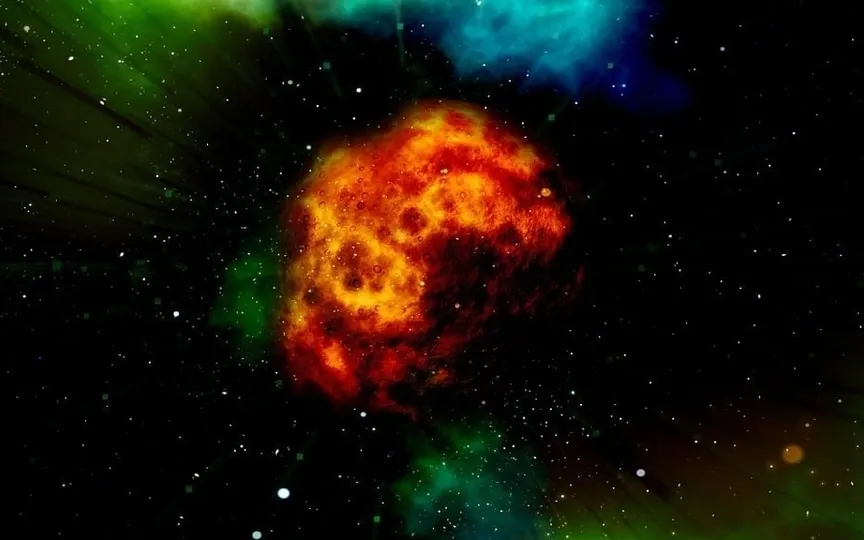NASA Alert: Get Ready for a Close Encounter with an 81-Foot Asteroid!
NASA has classified asteroids as ancient celestial bodies that originated during the early stages of our solar system’s formation approximately 4.6 billion years ago. Presently, the space agency has issued a warning that one of these asteroids is anticipated to come close to Earth on November 17. This particular asteroid, named Asteroid 2023 VG5, is projected to pass our planet at a distance of 2.2 million kilometers. It was detected by NASA’s Defense Coordination Office (PDCO), which is responsible for monitoring the skies and observing various Near-Earth Objects (NEOs). Gain comprehensive knowledge about this imminent encounter with Asteroid 2023 VG5.
Asteroid 2023 VG5: Close Approach Details
According to NASA, the asteroid is orbiting at a speed of 83,832 kilometers per hour, which is much faster than the space shuttle! It belongs to Apollo’s group of Near-Earth Asteroids, which are Earth-passing space rocks with semi-major axes larger than Earth’s. These asteroids are named after the huge 1862 Apollo asteroid discovered by German astronomer Karl Reinmuth in the 1930s.
Despite its close approach, Asteroid 2023 VG5 does not pose a potential threat to the planet due to its relatively small size, and is not classified as a potentially hazardous asteroid. About 81 feet wide, the space rock is the size of an airplane.
What’s more amazing is that this is the first time this asteroid has come close to Earth. After today, this asteroid will make its closest approach to Earth on June 5, 2072, when it will fly past the planet at a distance of 13 million kilometers.
How does NASA track an asteroid?
As NASA’s telescopes track a new Near-Earth Asteroid (NEA), astronomers measure the asteroid’s observed positions in the sky and report them to the Minor Planet Center. The Center for Near-Earth Object Studies (CNEOS) then uses this information to determine the asteroid’s most likely orbit around the Sun, according to NASA.
NASA’s new Sentry II uses a new algorithm and picks random points from the entire uncertainty range to estimate whether an impact is possible and narrow down where the actual orbit might be. This allows the Sentry-II to be reset for very low probability scenarios.




